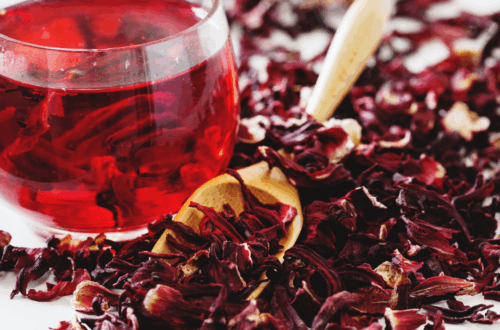What are Phytoestrogens? and how to incorporate them into your food plan.
Phytoestrogens, often dubbed nature’s answer to estrogen, are natural compounds found in plants that can mimic or modulate the effects of estrogen in the human body. These compounds have gained considerable attention for their potential health benefits, ranging from hormone balance to reducing the risk of certain diseases.
What Are Phytoestrogens?
Phytoestrogens are a diverse group of naturally occurring compounds found in various plant-based foods. They are structurally similar to the hormone estrogen and can interact with estrogen receptors in the body, exerting estrogenic or antiestrogenic effects. Phytoestrogens are classified into several categories, with the most common types being isoflavones, lignans, and coumestans.
Isoflavones: Found predominantly in soybeans and soy products, isoflavones are potent phytoestrogens. Genistein and daidzein are two primary isoflavones known for their estrogenic activity.
Lignans: Lignans are abundant in high-fiber foods such as flaxseeds, sesame seeds, whole grains, berries, nuts, and certain vegetables. They are converted into enterolignans in the gut, which can exert weak estrogenic effects.
Coumestans: Coumestans are less common phytoestrogens found in foods like alfalfa sprouts, clover sprouts, and legumes.
Top 10 Phytoestrogen-Rich Foods:
- Organic GMO FREE Soybeans and Soy Products: Tofu, tempeh, soy milk, and edamame are rich sources of isoflavones, particularly genistein and daidzein.
- Activated Flaxseeds: These tiny seeds are packed with lignans, making them one of the most potent sources of phytoestrogens.
- Activated Sesame Seeds: Rich in lignans, sesame seeds offer a substantial phytoestrogen boost.
- Cacao: Flavonoids, including compounds like epicatechin and catechin are found in cacao.
- Legumes: Beans, lentils, and chickpeas are not only excellent sources of protein and fiber but also contain phytoestrogens, particularly isoflavones.
- Activated Nuts: Almonds, walnuts, and pistachios are rich in lignans, adding to their phytoestrogen content.
- Red Clover: Often used in supplements or teas, red clover is prized for its phytoestrogen content.
- Berries: While not as high in phytoestrogens as some other foods, berries like blackberries, blueberries, and strawberries contain modest amounts.
- Cruciferous Vegetables: Broccoli, cauliflower, and Brussels sprouts contain some phytoestrogens, along with other health-promoting compounds.
- Activated Oats & Quinoa: Make sure to soak these to optimize nutrient and phytoestrogen absorption.
Sample Daily Food Plan Incorporating Phytoestrogens:
Breakfast:
- Overnight oats topped with ground flaxseeds, sliced strawberries, and a drizzle of honey.
- Soy milk latte or green tea (green tea also has phytoestrogens but does contain caffeine).
Snack:
- Handful of activated almonds or walnuts. Tamari pumpkin sees are particularly delicious.
- Fresh berries like blueberries or raspberries or berry smoothies using a paleo style protein powder, berries, banana and coconut water.
Lunch:
- Grilled tofu and vegetable stir-fry with broccoli, bell peppers, and snap peas.
- Quinoa or brown rice on the side or as a salad with pinto beans, olive oil fresh herbs and roasted broccoli.
Snack:
- Hummus with seed crackers or carrot sticks.
Dinner:
- Baked salmon with a side of steamed broccoli and a mixed green salad topped with sesame seeds.
- Brown rice or Quinoa.
Dessert:
- Coconut Greek yoghurt with a sprinkle of ground flaxseeds and fresh fruit.
Beverages:
- Herbal teas like chamomile or red clover tea throughout the day.
- Plenty of purified mineral water to stay hydrated.
Conclusion:
Incorporating phytoestrogen-rich foods into your diet can provide numerous health benefits, from supporting hormone balance to reducing the risk of chronic diseases. By including a variety of foods like soy, flaxseeds, nuts, and whole grains in your meals, you can harness the power of phytoestrogens to optimize your well-being. Remember to prioritize whole, minimally processed foods and maintain a balanced diet for overall health and vitality.
Always see your health professional to see what dietary plan is right for you and also to get your hormone levels checked. This is for educational purposes only.


